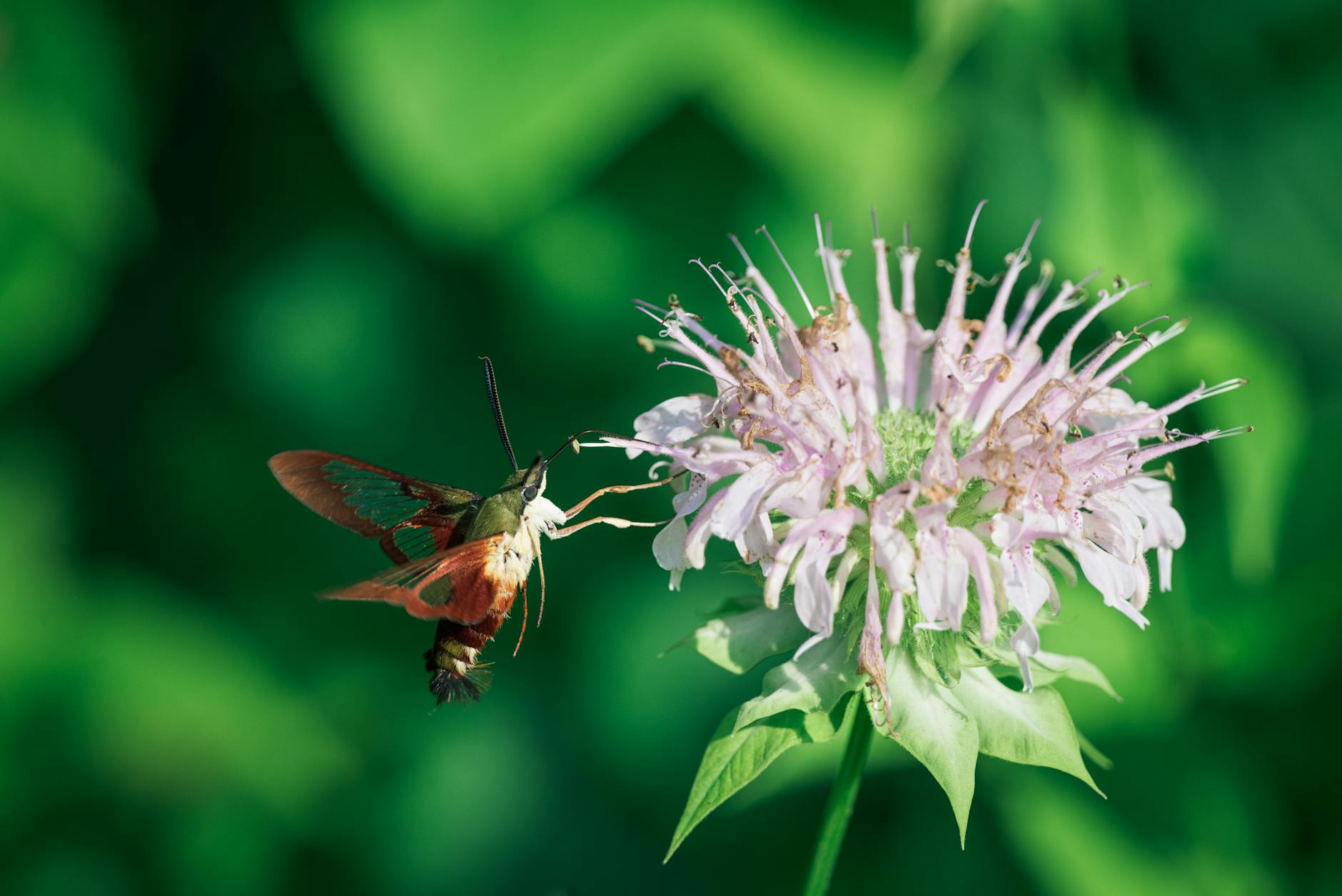Best plants to plant in early spring.
As the earth begins to thaw and the first signs of spring start to show, gardeners everywhere feel the pull of new growth. It’s a time of hope, renewal, and excitement for what’s to come in our gardens. If you’re looking to build a garden that nourishes both the environment and your soul, there’s no better time than early spring to plant native species. These plants are not only beautiful but also essential for the local wildlife, providing food and shelter when nature is just waking up. Let’s explore some of the best native plants to plant this season and why they’re so important.
Why Choose Native Plants for Spring Gardens?
Choosing native plants for your garden is like giving a gift to your local ecosystem. These plants are adapted to thrive in our specific climate and soil conditions, meaning they’re often easier to care for than non-native varieties. In early spring, native plants come to life in vibrant colors, offering crucial early blooms for pollinators like bees and butterflies, who are eager for food after a long winter. These plants are also much more water-efficient and low-maintenance, saving you time and energy as they settle into your garden.
Most importantly, by planting native species, you’re contributing to the health of local wildlife. Birds, insects, and small mammals rely on the plants in our yards, fields, and forests for their survival. A garden full of native species provides them with the necessary food and shelter, helping to keep the delicate balance of our local ecosystems intact.
Top Native Plants to Plant in Early Spring
As the days get longer and the temperatures warm, the following native plants will not only thrive in early spring but also attract a variety of pollinators and wildlife to your garden.
1. Bloodroot (Sanguinaria canadensis)
This delicate white wildflower blooms early in spring, carpeting the forest floor with its pure petals. Bloodroot is an essential early-season food source for pollinators, especially bees. It thrives in shaded areas and is perfect for woodland gardens or naturalized spaces.
2. Hepatica (Hepatica americana)
Hepatica is a stunning early bloomer, with its vibrant purple, pink, or white flowers reaching up toward the sun as soon as the snow melts. It thrives in the dappled light of shady garden spots, making it a great addition to springtime gardens looking for a gentle pop of color.
3. Trillium (Trillium spp.)
Trilliums, with their striking three-petaled flowers, are another favorite of early spring gardens. These perennial plants, which often bloom in shades of white, pink, or red, are a beacon of hope after the winter months. They’re a lovely addition to shaded garden spaces and offer nectar to early-season pollinators.
4. Little Bluestem (Schizachyrium scoparium)
While not blooming in early spring, Little Bluestem grass brings beauty and texture to any garden. With its airy, upright growth, it supports pollinators through the fall and provides structure throughout the year. It’s drought-tolerant and thrives in a variety of soil conditions, making it a perfect fit for prairie gardens or meadows.
5. Serviceberry (Amelanchier spp.)
Serviceberries bloom in early spring, offering both stunning white blossoms and edible fruits. These trees are important for attracting birds, who feast on the berries when they ripen in late spring or summer. Serviceberries also provide shelter and nesting sites for birds, making them an excellent choice for a wildlife-friendly garden.
6. Wild Bergamot (Monarda fistulosa)
Wild Bergamot, also known as bee balm, is a beautiful, fragrant plant that attracts not only bees but also butterflies and hummingbirds. This herbaceous perennial blooms from late spring to summer, offering a burst of color in shades of purple, pink, or red. It’s perfect for sunny garden spots and is a great way to encourage pollinators into your garden.
Planting Tips for Early Spring
When planting native plants in early spring, it’s important to prepare your garden to give them the best start. Here are some simple steps to follow:
- Soil Preparation: Native plants are adaptable, but they still appreciate well-drained soil. Take time to amend your soil with organic matter like compost, which will help retain moisture and provide essential nutrients.
- Planting Depth and Spacing: Be sure to plant your native species at the appropriate depth, as recommended for each plant. This will ensure their roots are well-established and have room to grow.
- Watering: Early spring rains can be unpredictable, so make sure to water your newly planted natives regularly until they become established. Once they’re settled in, they’ll need much less water and will be better equipped to handle drought conditions.
Supporting Pollinators with Early Spring Blooms
The arrival of early blooms is a crucial time for pollinators like bees, butterflies, and other insects. These creatures rely on the first flowers of spring to fuel their activities after the long winter months. By planting species like Bloodroot, Hepatica, and Trillium, you’ll provide these insects with the nectar and pollen they need to start their season strong.
How to Care for Your Native Spring Plants
Taking care of your native spring plants doesn’t need to be complicated. Here are some simple tips to help them thrive:
- Mulching: Apply a layer of mulch around your plants to keep the soil cool and retain moisture as the temperature rises.
- Pruning: While early spring is not the time for heavy pruning, you can remove any dead or damaged branches from shrubs and trees to encourage healthy new growth.
- Pest Management: Native plants are often more resistant to pests, but it’s still a good idea to keep an eye out for any issues. Use natural pest control methods to keep your garden healthy.
Closing Thoughts: Planting for a Greener Spring
There’s something deeply rewarding about watching your spring garden bloom, especially when you’re planting species that have been part of our local ecosystems for generations. Choosing native plants for your garden not only adds beauty to your space but also supports wildlife, conserves water, and reduces the need for pesticides and fertilizers. This spring, consider planting native species like Bloodroot, Hepatica, and Serviceberry to create a garden that’s not only a joy to you but also a lifeline for the creatures that call our environment home.

